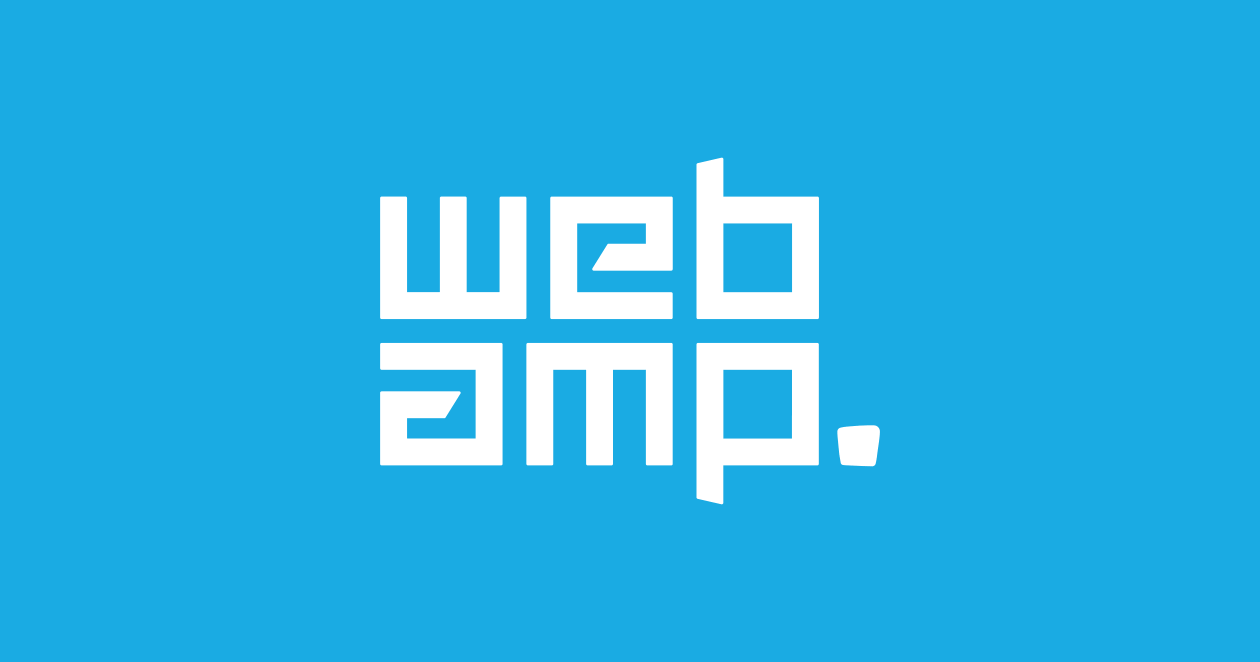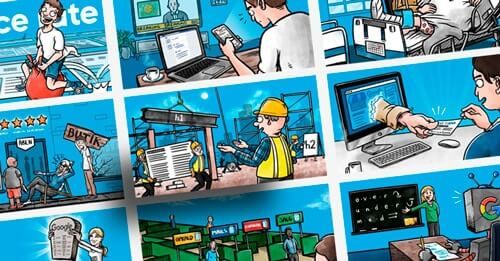
Broken links
When moving through a maze, the last thing you want to encounter is a dead end blocking your path. The same is true in the digital landscape, where users can encounter broken links that lead to a digital dead end. But broken links lead to more than just an annoying user experience - they also have an impact on the health of your website SEO.
What are broken links?
Broken links are exactly what they sound like - "broken" or "broken" links. These are links that are "broken" because they point to landing pages on a subpage that no longer exists. This can happen when a page has been moved, updated or deleted - all while the associated links have not been updated.
When a user clicks on these links, they end up on a dead subpage (also known as a 404 page) rather than a page with the content they were originally looking for. This not only creates a poor user experience, but also sends a signal to search engines like Google that your website is not being maintained. This can therefore have a negative impact on your ranking in search results.
This is not beneficial if you want to generate traffic to your website, because a high ranking in search results means more clicks - and thus more potential customers to your website.
Broken links - a thorn in the side of your SEO success
Search engine optimization (SEO ) is a method of improving your website's visibility on search engines like Google. You can think of SEO as a kind of complex jigsaw puzzle, where each piece of the puzzle has an impact on the quality of the final design.
Every single element of your website - for example, your content, design, usability and links - are like puzzle pieces that contribute to the overall puzzle - or the overall picture Google has of your website.
If search engines like Google form a bad impression of your website, the search engine may reward you with a low ranking in the search results, which means you will get fewer clicks and customers to your website or webshop.
Broken links can be seen as the missing puzzle pieces that make the overall picture of your website incomplete. Broken links can undermine your SEO by directing both users and search engines to websites that don't exist. The result is a poor user experience that can give the impression that your website is not maintained.
Therefore, it's crucial to discover and fix broken links asap to maintain an effective SEO strategy and ensure your SEO puzzle is as complete as possible.
How to redirect broken links
So how do you deal with broken links? One of the most effective ways to do this is by creating a 301 redirect. A 301 redirect is a permanent redirect from one URL to another.
In other words: When a user clicks on a broken link on your website, a 301 redirect will take them to a relevant, existing page on your website instead of a non-existing page. This increases your SEO value because it increases both your user and bot-friendliness.
- 301 redirects increase your website's usability because they ensure that users land on a page that contains what they were looking for - leaving them happy and satisfied. In addition, 301 redirects help you reduce your bounce rate because users don't leave your website in frustration - in favor of your competitors' websites.
- 301 redirects increase your website's bot-friendliness because they help search engines to not rate your website as incomplete. This can help your website remain SEO-friendly.
In a perfect world, the optimal solution would be to delete or change all broken links. However, this can become a very large task if you have many links to the same dead page. Therefore, a universal redirect is often the most effective solution.
How do you find out if your website has broken links?
By now you know that it's important to avoid broken links on your website. But how can you identify your website's broken links? It's actually simpler than you might think - thanks to SEO tools like Ahrefs. Here's a simple guide on how to identify your website's broken links using Ahrefs:
- Start by entering your website URL in Ahrefs.
- See the menu on the left side of the page and select "broken links".
- Let Ahrefs identify your broken links.
- Click the "Export" button in the top right corner to get a list of all your broken links.
- Open the downloaded file and sort the list by the "Link URL" column.
That's it! Now you have a clear list of the pages on your website that don't exist - and thus worsen your SEO.
Alternatively, you can also set up Ahrefs to run automatic site audits. This way you can frequently monitor broken links and other SEO-related pitfalls.

Test your knowledge!
Let's see if you've got your broken link trivia down! Here are five quick questions you can use to test your knowledge:
A broken link is a link that points to a page on your website that no longer exists.
Broken links can harm your SEO strategy by directing users and search engines to non-existent pages, which can result in a lower ranking in search results.
A 301 redirect is a permanent redirect from one URL to another, often used to fix broken links.
It's important to manage broken links to improve user experience, maintain SEO link value and ensure your website appears professional and maintained.
You can find broken links using various online SEO tools, such as Ahrefs, which can scan your website for broken links.
Get even smarter and increase your online presence
Whether you're a generalist or a marketing specialist, our specialists have put together some great advice for you on our blog.
Learn more at Webamp Academy.
-

Auto-generated texts
Content, SEOExplore auto-generated texts and their impact on SEO. Discover the pros and cons of using AI-written content on your website. -

Gamification
MarketingGamification is a powerful tool to engage and interact with your customers. Learn more about how you can implement gamification here. -

E-commerce
WebUnderstand the versatility of e-commerce, the business benefits and the steps to get started with online commerce. Create your own success in the world of e-commerce. -

Subdomains and subfolders
SEO, WebDo you also have trouble distinguishing between subdomains and subfolders? Or are you curious to learn more about them? Read more about it here. -

Black Friday
Marketing, PPC, SEO, Social ads, WebGet our top takes on Black Friday. Learn how to plan your SEO and Google Ads strategy for the big shopping day. Read much more here. -

User experience
Marketing, WebDiscover why user experience matters in today's digital age. Learn how to improve user experience to attract and retain your customers. -

User journey
Marketing, ModelsDiscover user journeys and how they can improve your business. Learn how to create and optimize user journeys for increased customer satisfaction and business growth.
